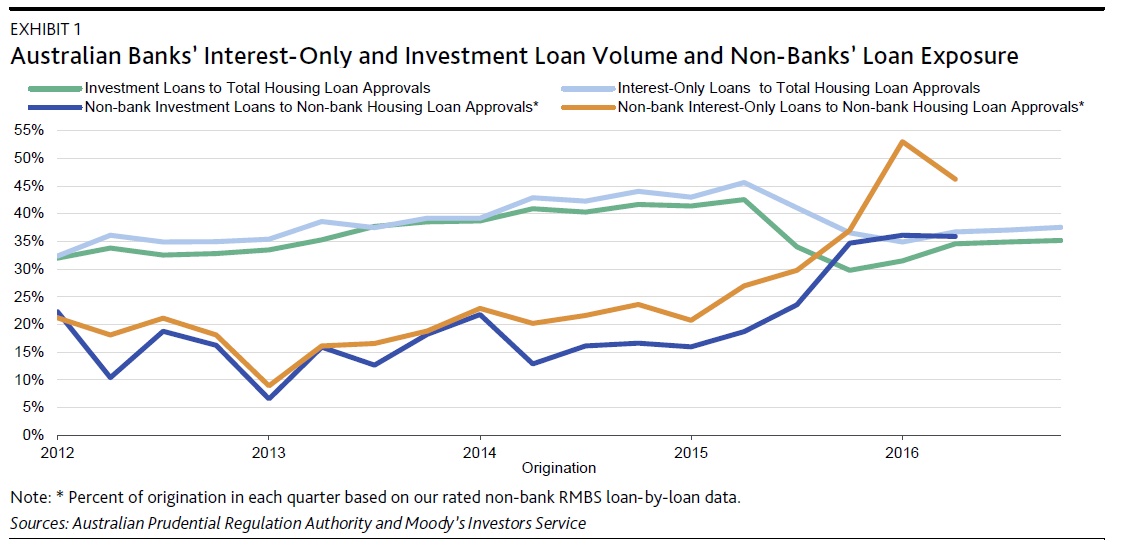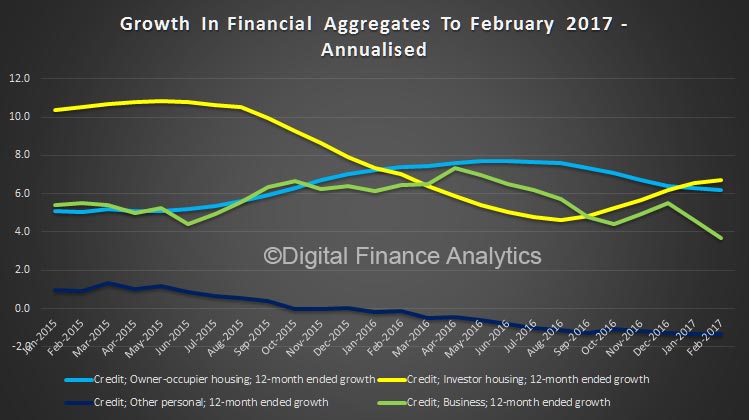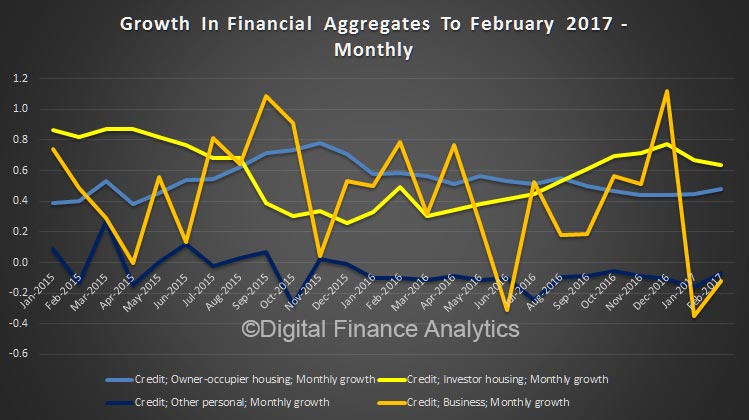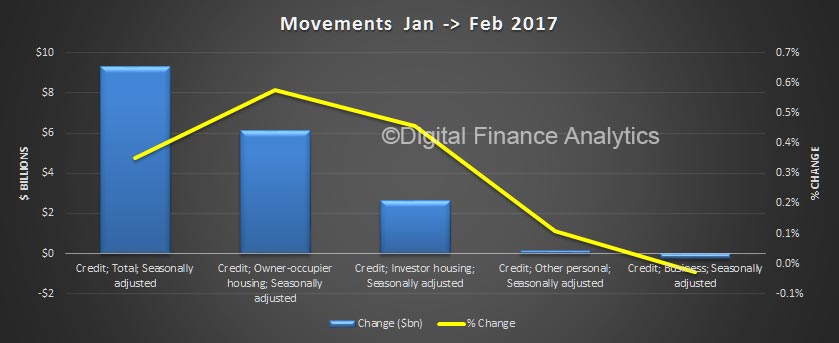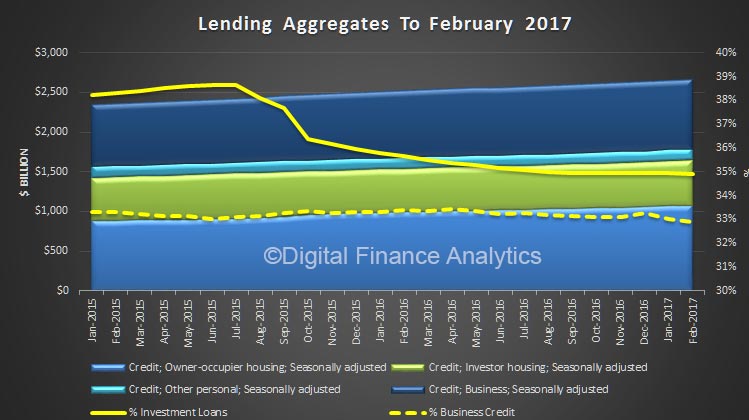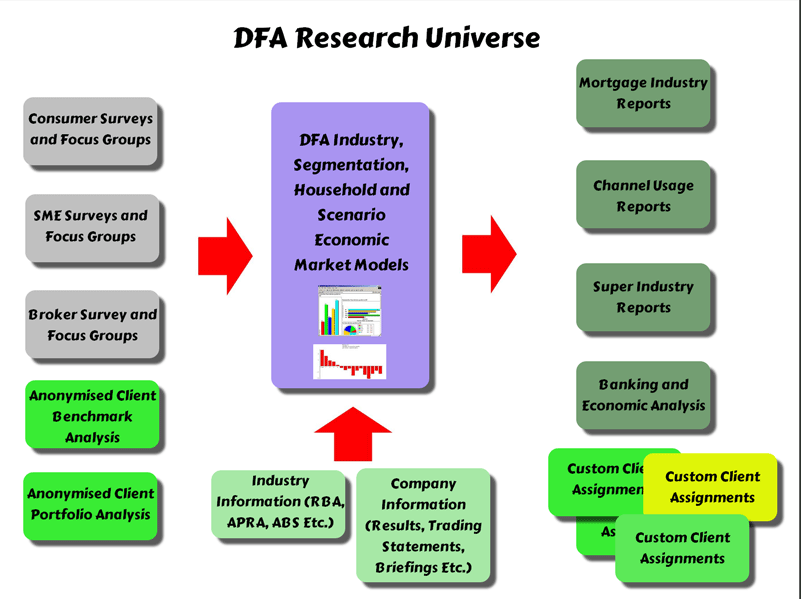A big four bank has acknowledged that data quality and public reporting could be further improved in the mortgage industry, revealing it ‘does not have clarity’ around some aggregator data.
Speaking last week at the final leg of the second series of the Knowledge is Everything: ASIC Review of Mortgage Broker Remuneration — put together by NAB and Advantedge in association with The Adviser — NAB general manager for broker distribution Steve Kane touched on Finding 13 of the report, which notes that the regulator encountered “significant issues with the availability and quality of key data” from some participants.
According to the remuneration report, the lack of some data requested “affected [ASIC’s] ability to analyse the data for some of [its] core review objectives [and] raises concerns with the participants’ ability to monitor consumer outcomes in relation to their businesses”.
Some of the examples of the lack of data included an inability by a lender to “automatically track whether a particular loan was arranged by a particular individual broker or broker business”, which “increases the risk that lenders may be dealing with unlicensed persons” and “means that lenders have little visibility of patterns of poor loan performance connected to these individuals or businesses”.
At the NAB event, Mr Kane acknowledged that there was further work to be done in this area.
He said: “This is an interesting one. As a lender, we have lots of information on individual brokers and the loans they submit and we have lot of information about aggregators and their total portfolio… but we don’t have, for example, lots of information about any individual firms that operate (with many brokers under them) under that particular aggregator. That is just one example. So, we don’t have clarity around that.”
Mr Kane added that it is therefore “fair to say that the aggregators will be working much more closely with lenders around data” in the future.
The general manager for broker distribution went on to say that, through Proposal 6*, it was “clear that ASIC expected brokers to obviously adhere to NCCP, responsible lending and compliance issues around maintaining a licence, having your own ACL or being accredited under someone else’s’ ACL… [and that] the aggregators need to understand that brokers are actually compliant with all of those things… [and] actually be able to provide evidence of that and good consumer outcomes too”.
He added: “And they’re saying that the lenders need to do that as well…[they] need to ensure the aggregators have the proper information, proper record keeping, and proper understanding of the roles and responsibilities in relation to the legislation and good consumer outcomes.”
Public reporting regime
As well as improving oversight of brokers and broker businesses, ASIC has also proposed to Treasury that there be a new public reporting regime to “improve transparency in the mortgage broking market” (Proposal 5).
Specifically, this proposes that there be public reporting on:
(a) the actual value of remuneration received by aggregators and the potential value if all criteria for remuneration are satisfied;
(b) the average pricing of home loans that brokers obtain on behalf of consumers;
(c) the average pricing of home loans provided by lenders according to each distribution channel; and
(d) the distribution of loans by brokers between lenders to give consumers a better indication of the range of loans that brokers within the network offer.
Touching on this proposal, Mr Kane said that one such solution could be that brokers give their customers “information that says ‘I’ve settled 50 deals this year, I’ve used this number of banks, I’ve obtained this amount of finance and this has been the price on average I’ve achieved for the customer’. It could get down to this level, which is very important in terms of disclosure to the customers,” he said.
“This all goes to the governance of oversight perspective, which is really now starting to say: ‘Do we, as an industry, have a clear understanding of all of the consumer outcomes that brokers are providing to their customer? Do we have proper understanding of whether NCCP responsible lending is met at every instance for the customer? Do we have a robust process to identify when a broker has done wrong thing and therefore the accreditation has been removed from lenders and aggregators? Do we have a clear line of sight and understand what the process is for those people? Do we have a much stronger regime in relation to a register of all of these ‘bad apples’ and how do we go about doing that? How do we go about ensuring that the end consumers know that they are not to be dealing with those people?’”
Mr Kane concluded: “When it comes to governance and oversight, it really is about accountabilities and responsibilities and understanding that disclosure to the customer about all the facilities that are available to them.
“So,” he said, “you can see that there is going to be far more reporting available to the public around these things.”
“Governance and oversight will play a much bigger role and therefore there will be much more work an information sharing and much more collation of performance and outcomes for consumers.”
The Knowledge is Everything: ASIC Review of Mortgage Broker Remuneration — put together by NAB and Advantedge in association with The Adviser — also revealed that the big four bank believes that Australian brokers could achieve up to 73 per cent market share if reaction to the ASIC remuneration review is “right”.
NAB’s executive general manager for broker partnerships, Anthony Waldron, told brokers that the industry reaction to the current consultation on the ASIC report could further boost the third-party share of the market by improving trust.
Mr Waldron said that there is an “opportunity” if “industry can react and get this right”.
He explained: “It’s the opportunity for more people to understand what brokers do, it’s the opportunity to build trust even further in what you do. And if we can do that then we won’t be talking about 53 or 54 per cent of mortgages going through the broker community, we will be talking about more like the numbers in the UK where it is already in the 72 or 73 per cent.”
*Proposal 6 of ASIC’s Review of broker remuneration states that the regulator expects lenders and aggregators to improve their oversight of brokers and broker businesses, for example by using a consistent process to identify each broker and broker business (such as the use of the Australian credit licensee or credit representative number where relevant, or a unique number provided by the aggregator).


